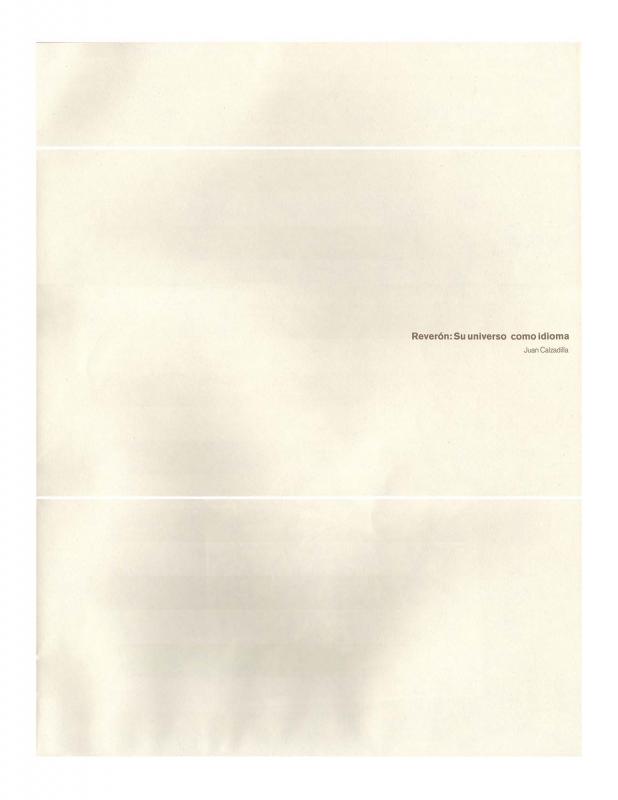In 1979, during the celebrations of the upcoming centenary of the birth of Armando Reverón (1889–1954), the GAN (Galería de Arte Nacional) organized Lenguaje sobre un tablado trágico, an exhibition of his painting and art objects. At that time, José Balza (b. 1939) published his article “Los objetos de Reverón” (in Últimas noticias, Suplemento Cultural, Caracas, October 7, 1979) that would later become the second part of his lengthy essay “Análogo, simultáneo (Sobre los objetos de Armando Reverón)” that was published in Análogo, simultáneo (Caracas: Ediciones de la GAN, 1983) and is reviewed here. In that same period Reverón’s controversial pieces were dismissed by the critics; according to Alfredo Boulton, the premier Reverón scholar, and others, the artist’s dolls and other objects were mere “whims” with no aesthetic value whatsoever.
This essay is therefore of great importance within what has been written about Reverón’s work, not just because it values “the objects” as a comprehensive part of his overall production (his painting, El Castillete, his rituals, and his objects)—something Juan Calzadilla had already suggested—but because Balza’s essay, based on reliable facts, approaches from a literary perspective that leads to a sensible understanding of Reverón’s disconcerting objects (that filled El Castillete as from 1937) and its great documentary importance.
[As complementary reading, see in the ICAA digital archive the biographical document attributed to the artist “Datos del pintor Armando Reverón (doc. no. 809055), and the vitally important article, written by Alfredo Boulton, in the catalogue for the artist’s retrospective (Museo de Bellas Artes, Caracas, 1955) “Armando Reverón o la voluptuosidad en la pintura” (doc. no. 808768). See also the essays by Rafael Romero “Autorretratos 1944” (doc. no. 1160727), and by Juan Calzadilla “Reverón: Su universo como idioma” (doc. no. 1142009)].




